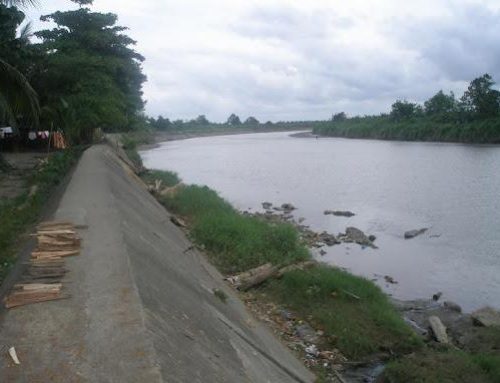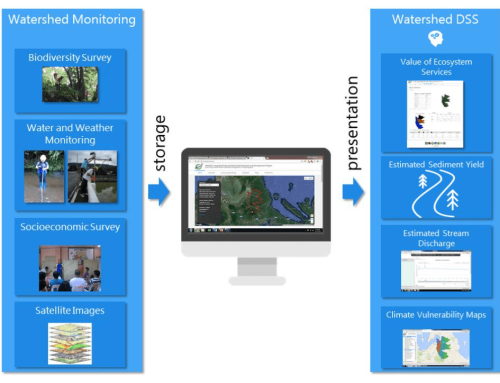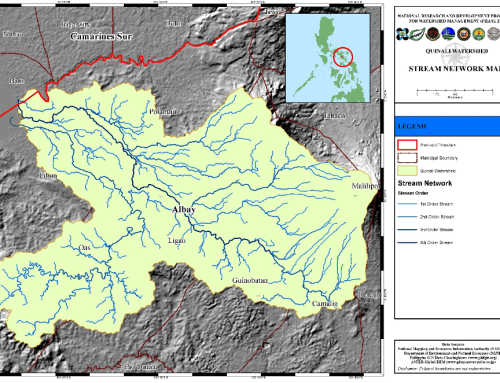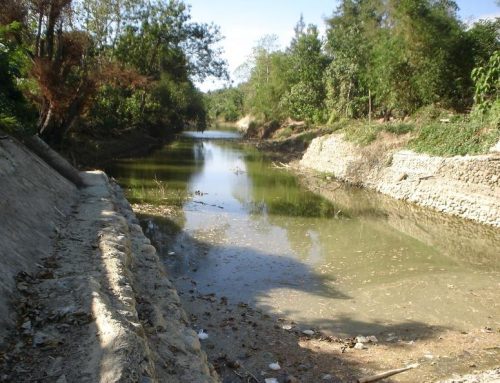In this Article
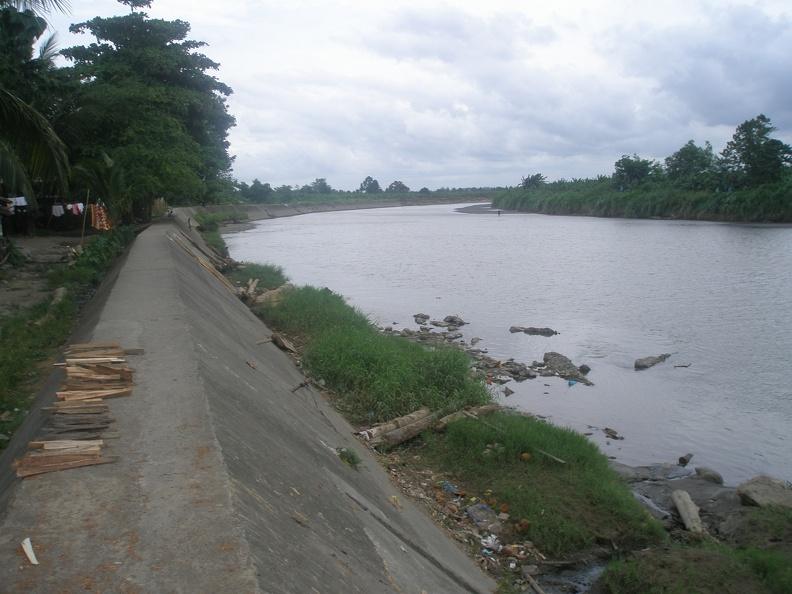
Based on the results of the study the following conclusions were drawn:
- The biological characteristics of Saug watershed is already degraded considering the low biodiversity for flora, fungi, birds, arthropods and other life within the watershed.
- The water use efficiency of white lauan was higher compared to ilang-ilang and this indicated better performance of the former in terms of water absorption, storage and transport.
- The stream water quantity of Saug river tributaries is high during the rainy months and low during the dry months for longer period which extend to more than six months which affect the supply of irrigation water for the downstream communities.
- The water quality of the watershed stream tributaries which is generally classified as good showed water pollution with greater turbidity, high total suspended solids and high nitrates at the urban and downstream areas.
- There was a high increase in population in the watershed especially in urban barangays which posted a mean growth rate of 2.27 % per annum
- Flooding and landslides are two environmental hazards affecting the watershed communities. Many barangays in the downstream portion are affected and experience flooding for two to three times a year with considerable losses to crops, properties and infrastructure. Areas vulnerable to landslides comprise 16, 000 hectares due to the absence of forest cover, high slopes, erodible soil and proximity to faultlines.
- Changes in land use occurred and annual crops such as rice have considerably reduced due to conversion to massive commercial banana production of multinational companies.

